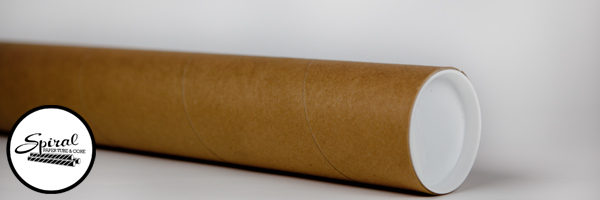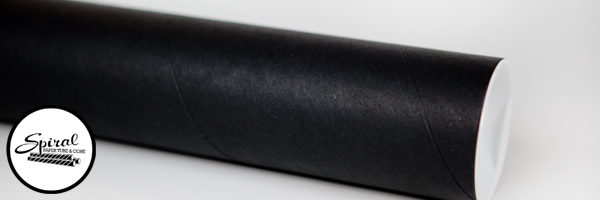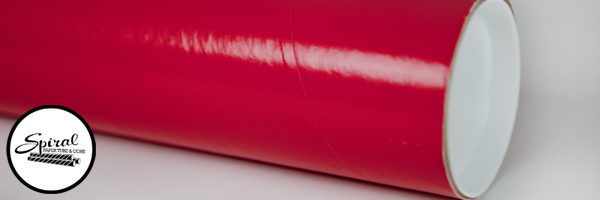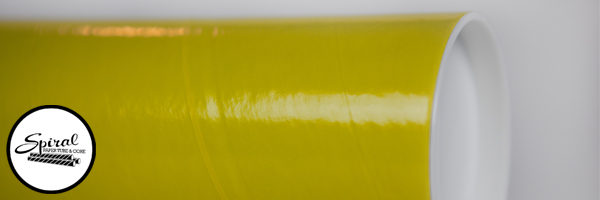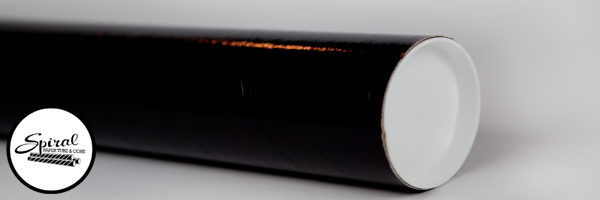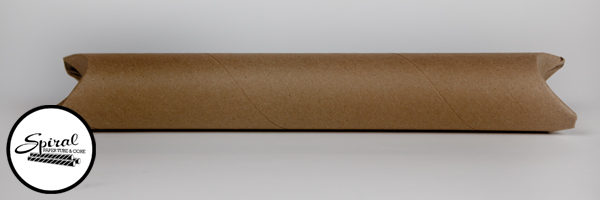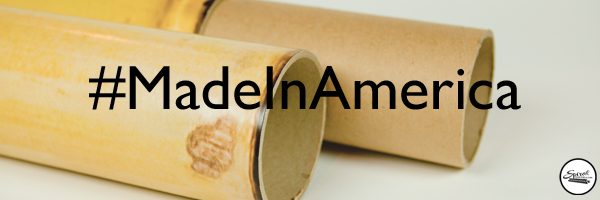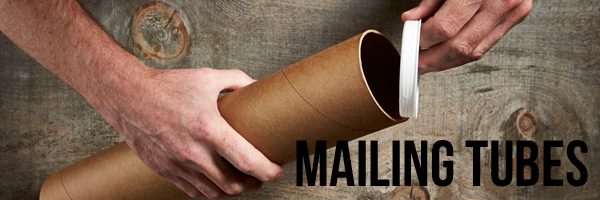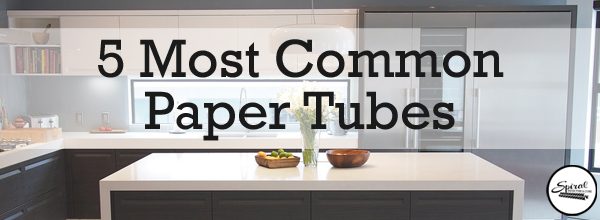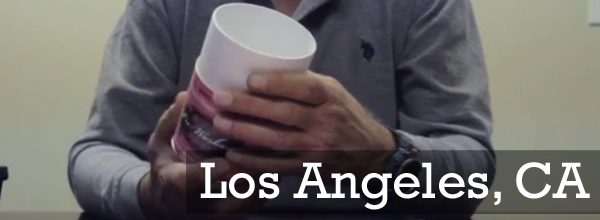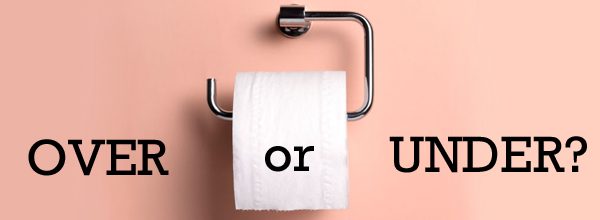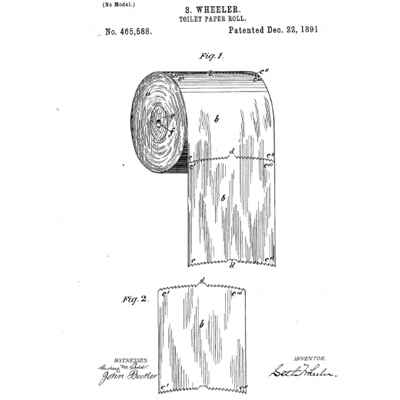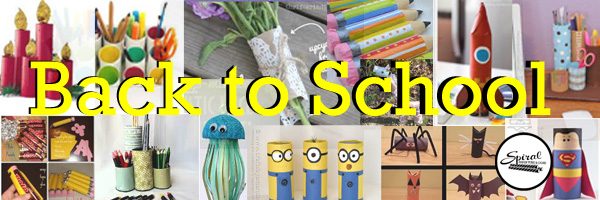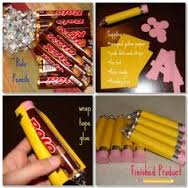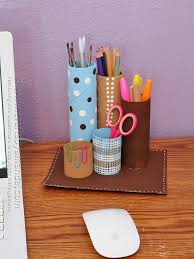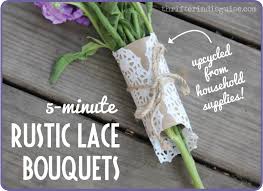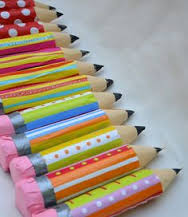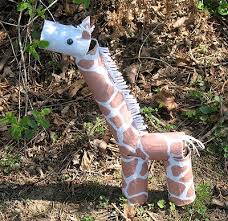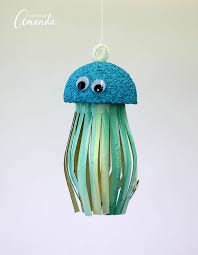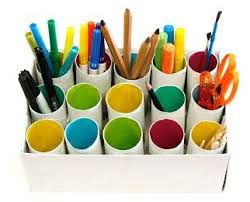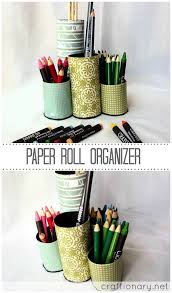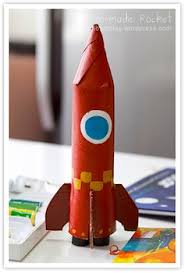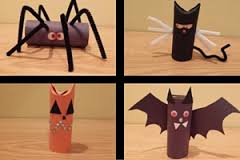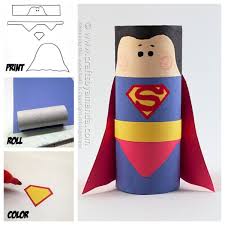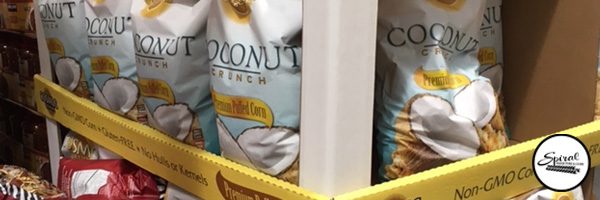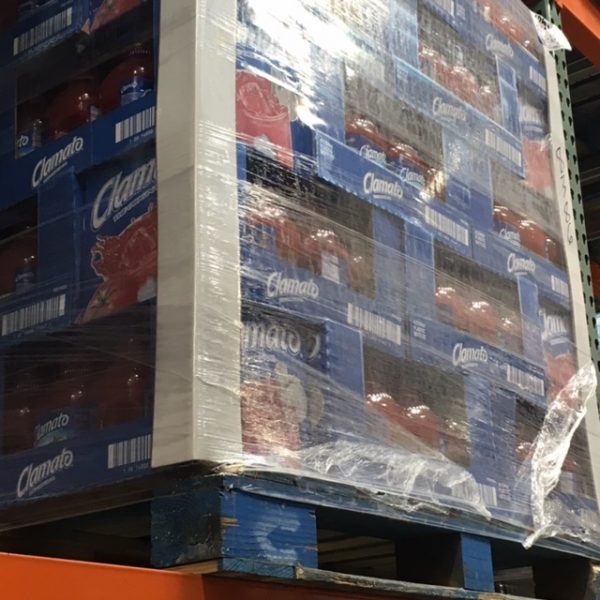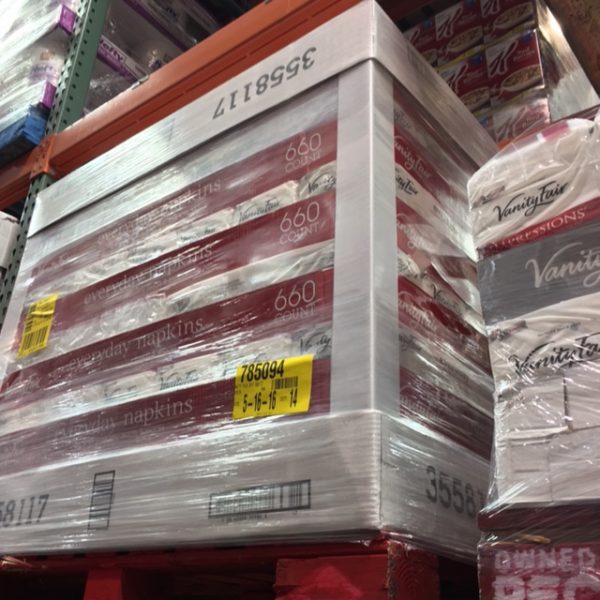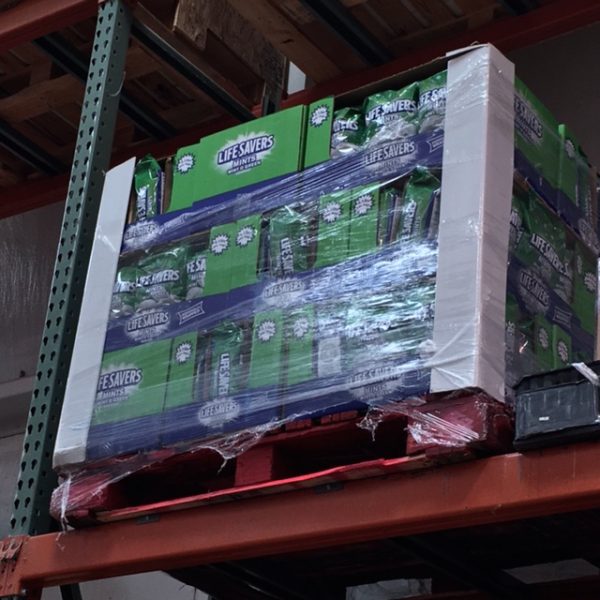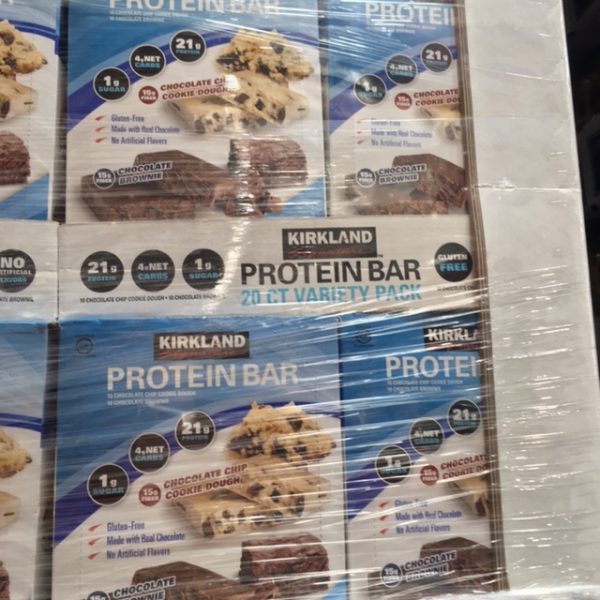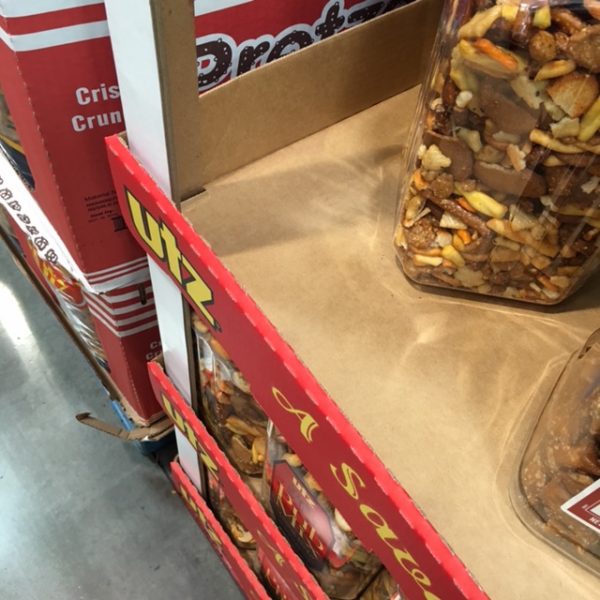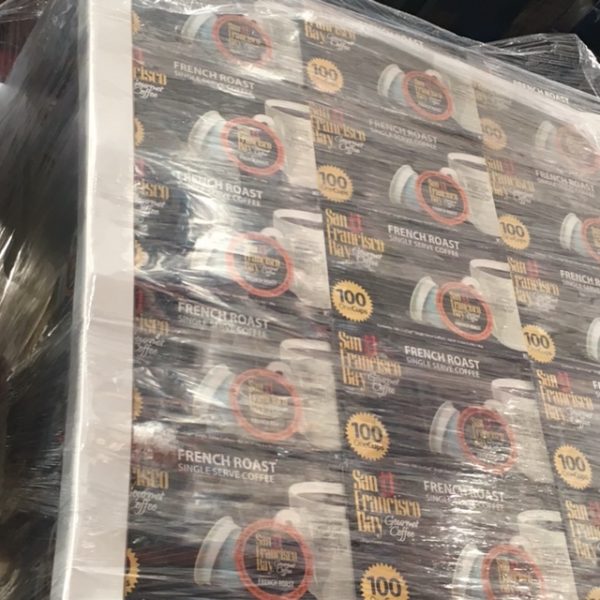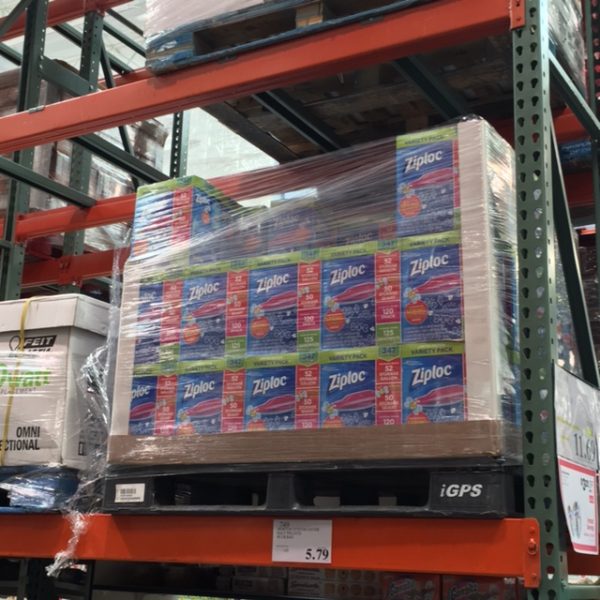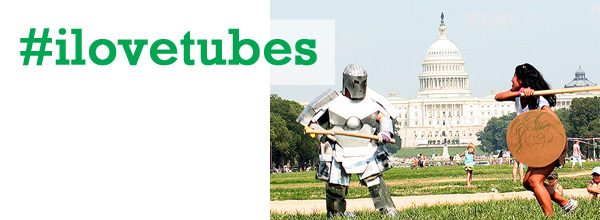Color: Kraft aka Brown
End Closure: White plastic plug
Local office supply stores stock some of the common poster tubes – 2″ inside diameter x 24″ usable length, 2″ inside diameter x 36″ usable length, 2″ inside diameter x 48″ usable length and 3″ inside diameter x 24″ usable length, 3″ inside diameter x 36″ usable length, 3″ inside diameter x 48″ usable length.
For some, these sizes are sufficient. But many are left wondering where they can find a custom poster tube with something besides kraft brown or matte white outside wrap.
If you’re finding yourself in the latter group, this blog is for you. Here are a few pictures of some customer poster tubes we make. You’ll notice that most of these poster tubes have white plastic end plugs – white plastic plugs are the cheapest, lightest, most common way to secure the ends of a poster tube. These plastic plugs are available from 1 inch to 12 inches.
Custom Pantone color end plugs are available in quantities of 50,000 – 100,000.
Color: Matte Black aka Flat Black
End Closure: White plastic plug
Color: Glossy Red
End Closure: White plastic plug
Color: Glossy Yellow
End Closure: White plastic plug
Color: Glossy Black
End Closure: White plastic plug
Color: Kraft aka Brown
End Closure: Crimped Ends aka Snap Seal
Crimped poster tubes or “snap sealed” poster tubes are an alternative to “open end” poster tubes with plastic end plugs. Because glossy paper is much thinner than kraft brown paper, it tends to tear or rip when crimped, so crimped posters tubes are usually ordinary kraft brown, though sometimes matte white or matte black.
Crimped poster tubes don’t require plastic end plugs, but they do require a little more labor. Open end poster tubes are manufactured and ready to go. Crimped end poster tubes are manufactured, then sent to get crimped. Because of the additional step, the lead time or turnaround time for this type of poster tube is a little longer.
A great way to brand crimped end poster tubes and increase product visibility is to add a one color print (like a rubber stamp). To see examples of custom printed poster tubes and crimped end poster tubes, stay tuned for Part 2 of You Won’t Find Custom Poster Tubes at Your Local Office Supply Shop.

